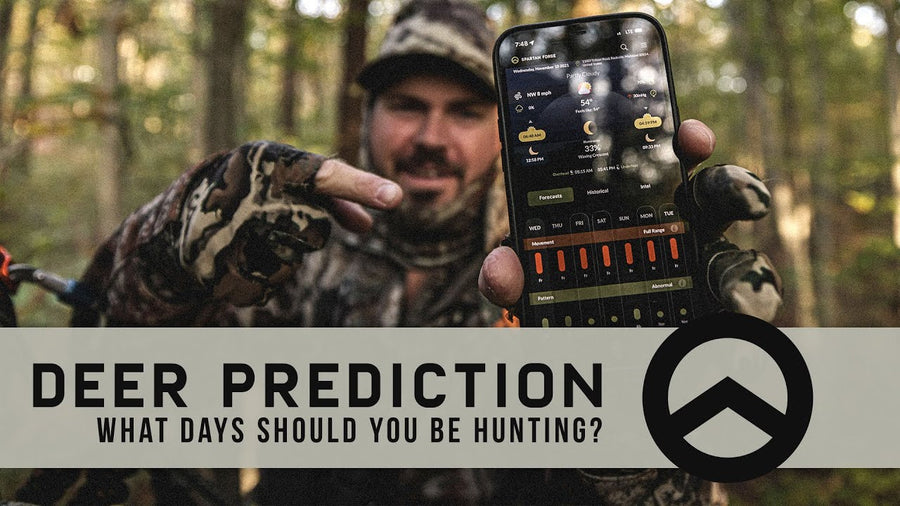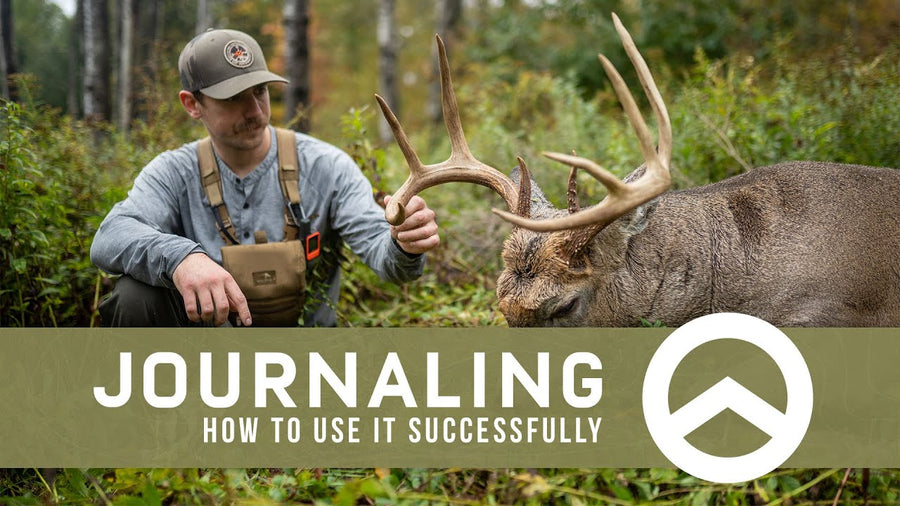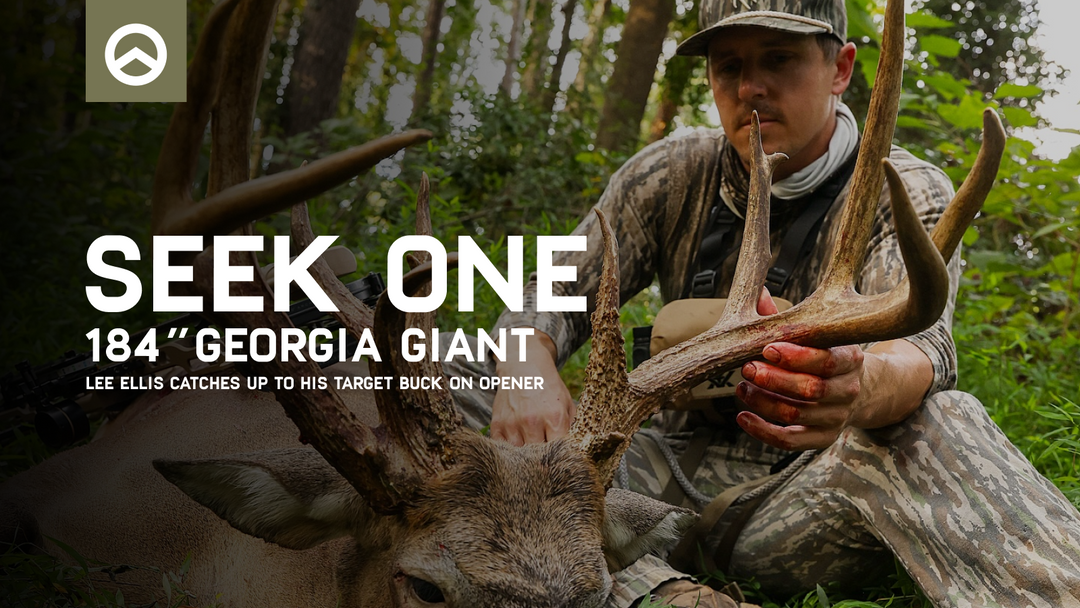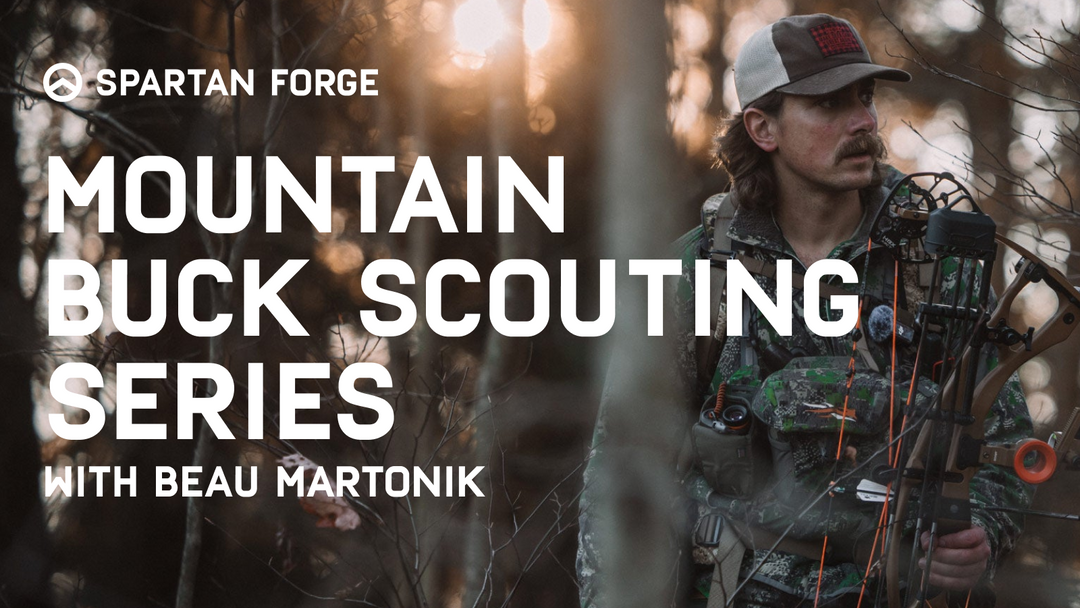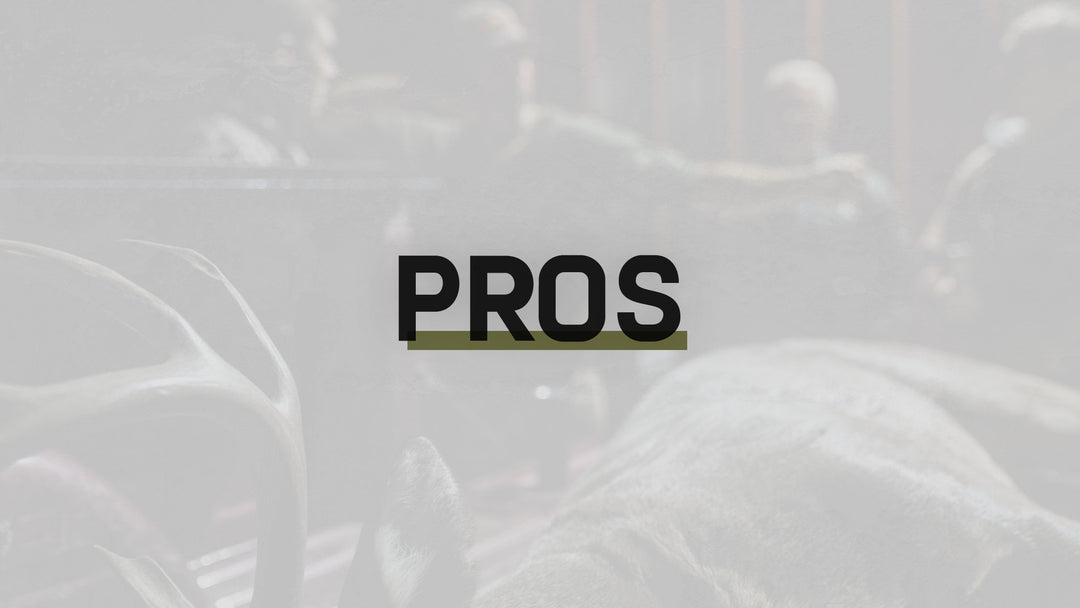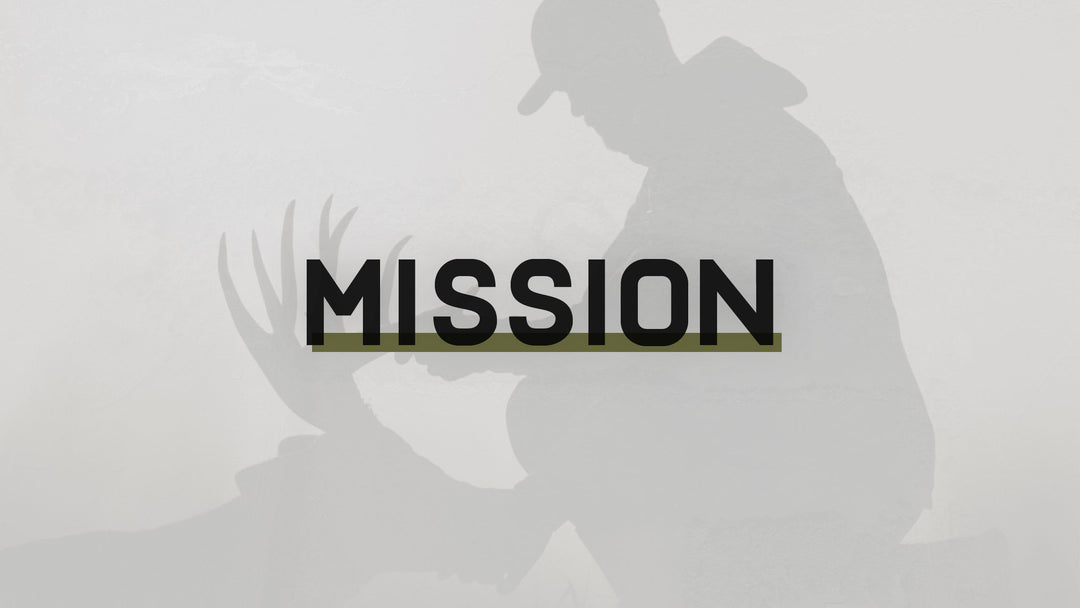Cooking Wild Game Like a Pro
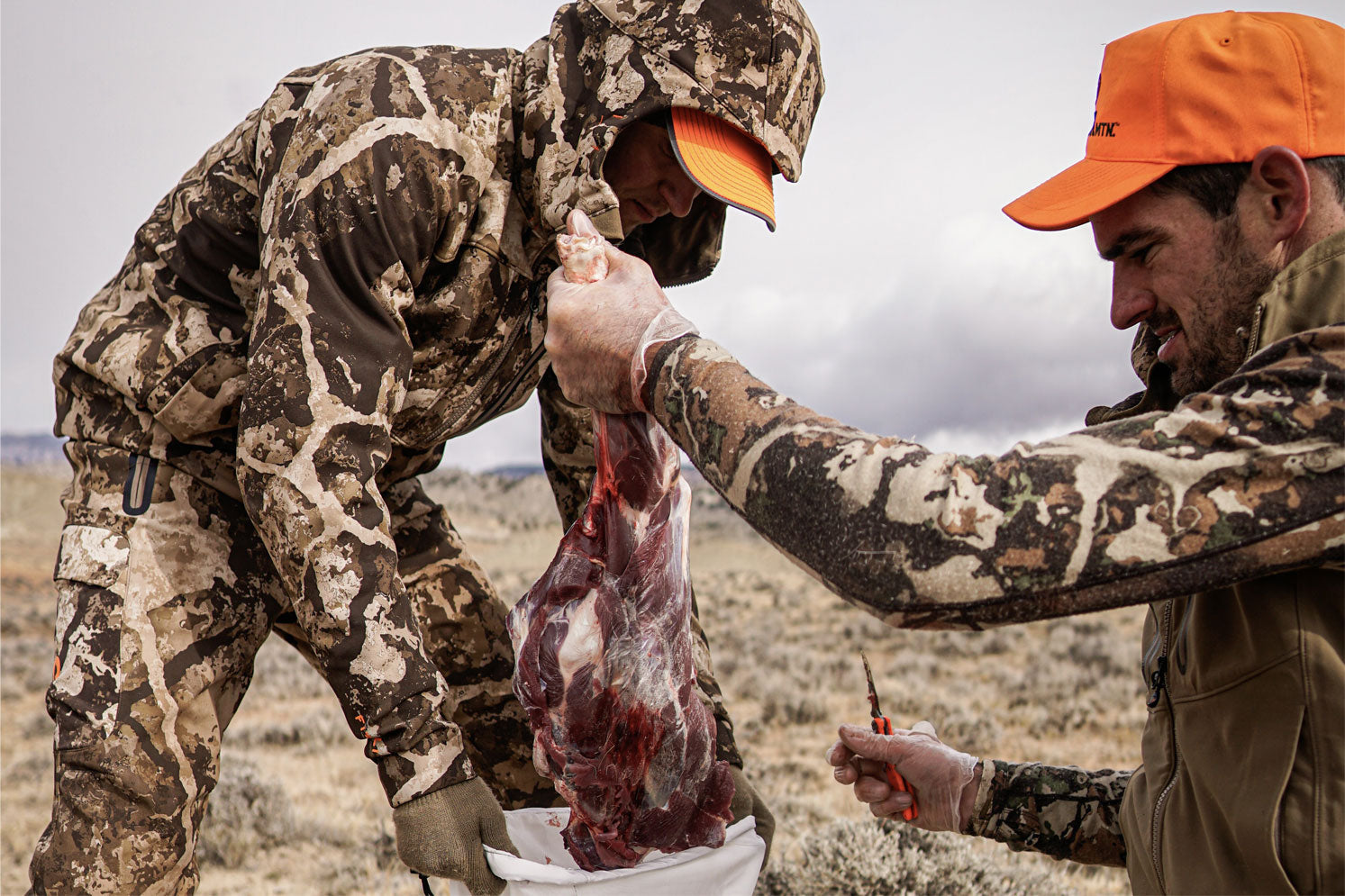
Question: Of the following, what has the largest impact on the tenderness of venison? Processing and post-harvest care, aging, or the recipe and how it is cooked?
Larry: The largest impact in my opinion is being able to age the meat on the bone for at least three days. You don’t need to age the deer whole. You can simply remove the shoulders and hind quarters and hang them in a spare refrigerator. That being said, the cuts have to be cooked properly or aging the meat will be a waste of your precious time.
Question: Can venison be prepared in a way that makes it tender without aging beforehand?
Larry: For steaks and roasts, you want to cook them as rare as you care to eat them. Let steaks rest for at least 10 minutes and roasts for around 30 minutes before slicing into them. Slicing them against the grain will allow the meat to break apart much easier while you’re chewing. If you’re a fan of well-done venison, slicing the meat against the grain and as thinly as possible will help with tenderness for dishes like fajitas or stir fry. And last but not least, you have the option of grinding the meat.

Question: Do you prefer dry-aging or wet-aging? Why?
Larry: I prefer to dry-age. For me it really comes down to less work, wasted plastic materials and less mess. For wet aging I prefer to do that in vacuum-sealed bags, which cost me more money and time. You do have a small amount of trim that comes with dry aging (being that it's done correctly and not for too long), but I add this to my stocks and/or soups. With shanks or shoulders that are being braised, I don’t even bother trimming them.
Question: For those without access to a walk-in cooler, what is the best way to age meat, even in warmer parts of the country?
Larry: I personally use a spare fridge that has wire racks. I remove any drawers or glass shelving that may get in the way and hang the meat from food-grade meat hooks suspended from the top wire rack of the fridge. If you're going to age more than one deer at a time, I recommend installing a small fan inside of the refrigerator to ensure adequate air circulation and maybe even place a container of salt in the bottom of the refrigerator. In my experience, adding more than one deer to such a small space increases moisture in my already humid outdoor environment.
Question: What is the ideal minimum aging time for venison?
Larry: The minimum for me is 3 days on the bone in order to give the meat a chance to relax after being in rigor. My sweet spot for the benefit of tenderness and flavor is 10 to 21 days.

Question: What do you do to ensure wild turkey is not tough or dried out?
Larry: I brine the breasts up to 24 hours, cook until just shy of 165 degrees Fahrenheit internal temperature, rest, and slice against the grain. For the remaining cuts, I braise or slow cook them until they are fork tender and let the meat rest for 8 hours and up to 3 days in the cooking liquid (in the refrigerator) before reheating gently.
Question: Does wild turkey need to age?
Larry: I personally don’t think that aging turkey plays as much of a part as it does for waterfowl. That being said, I like to remove the innards and let them hang for a day in my spare fridge when the space and time permits. I’d venture to say that unless you're a wild turkey meat connoisseur, you won’t notice a positive difference hanging more than a day.
Question: What's your best advice for a wild game newbie?
Larry: This gets thrown around a lot, but my best advice is to cook the tough cuts longer than you think and cook the steaks/roasts for less than you think. And if someone tells you about a cooking/processing/aging technique that just seems super weird to you, don’t do it.
Question: What is your favorite venison dish to prepare for others? What about turkey?
Larry: My favorite venison dish to prepare for others is my smoked and glazed holiday shoulder “ham”. Once you try it, you’ll forget about most pork hams that you’ve ever eaten. For turkeys, it's hands down smoked breast. To me, nothing beats a turkey breast that's been brined, smoked, and cooked to just the right temperature.

Question: Is there anything else the average hunter needs to know about preparing wild game, but might not know to ask?
Just don’t overthink it. Over the years, there has been way too much folklore and bad advice when it comes to wild game. Practice basic butchery and cooking techniques and avoid wonky advice when possible. If you keep these things in mind, you’ll master the dishes that you love and be inclined to move on to more advanced cookery and butchery once you feel a bit more comfortable.
Question: Is there any specific technique or method of preparation that you use consistently that contributes to a tender, flavorful dish?
I’m always asked about the technique that I use to prepare pulled barbecue that's made from venison. I use either bone-in shoulders or necks. The necks can be whole or boned, then rolled and tied with butcher's twine. I like to braise or slow cook them first until just fork tender and then let the meat rest overnight in the cooking liquid (in the refrigerator). I smoke the meat on a baking pan and baste around every half hour or so. You can smoke first and then braise, but this weakens the smoky flavor and “muddies” it a bit.
I’d like to thank Larry for sharing his time and knowledge with the Spartan Forge community. You can see all the dishes he’s cooking up and connect with him on Instagram @larry_white.
Written by Alex Killman at Southeastern Bowhunting
